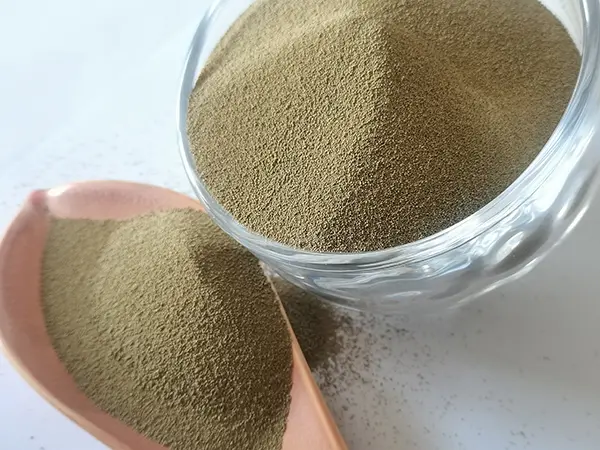How Accurate is Sand Casting?
Sand casting is one of the oldest and most versatile metal casting processes known to mankind. It involves the creation of a mold using sand, in which molten metal is poured to create a desired shape. While sand casting is widely praised for its cost-effectiveness and ability to produce intricate designs, questions often arise regarding the accuracy of this casting method.
How Accurate is Sand Casting?
One of the primary challenges in achieving high accuracy in sand casting is the thermal expansion of the sand. When molten metal is poured into a sand mold, the heat causes the sand to expand. Consequently, this expansion can lead to dimensional variations in the final product. To mitigate this effect, foundries often employ advanced mold materials, such as resin-bonded sand, which offer better thermal stability and can enhance the accuracy of the final casting.
how accurate is sand casting

Another crucial factor impacting the accuracy of sand castings is the pattern used to create the mold. Patterns can be made from various materials, including metal, plastic, or wood, with each material contributing differently to dimensional stability. Metal patterns, for instance, are favored for their durability and precision, leading to more consistent mold dimensions. However, the cost of metal patterns can be higher, which makes them less favorable for smaller production runs.
Surface finish is another aspect where sand casting may face limitations. The sand particles often leave a rough texture on the surface of the casted item. This requires additional machining or finishing operations for applications where a smooth surface is critical. Foundries may adopt techniques such as shot blasting or grinding to improve surface quality, but these processes can add to production time and costs.
Despite these challenges, sand casting remains an attractive option for many applications, particularly in industries like automotive and aerospace. Its ability to produce large and complex parts makes it invaluable, especially when combined with modern technologies such as computer-aided design (CAD) and computer-aided manufacturing (CAM), which enhance both the design and production processes. These technological advances enable greater precision in the initial pattern and mold creation, subsequently improving the accuracy of the final casting.
In conclusion, while sand casting may not match the exacting tolerances achieved by more advanced methods like investment casting or die casting, it offers a good balance between cost, flexibility, and accuracy for many applications. The capability to adapt patterns, improve materials, and enhance techniques has made sand casting a lasting method in the foundry industry. As technology continues to evolve, it is likely that the accuracy of sand casting will only improve, making this traditional method more competitive in precision manufacturing applications.
Post time:Aug . 28, 2024 22:07
Next:lost-foam casting
